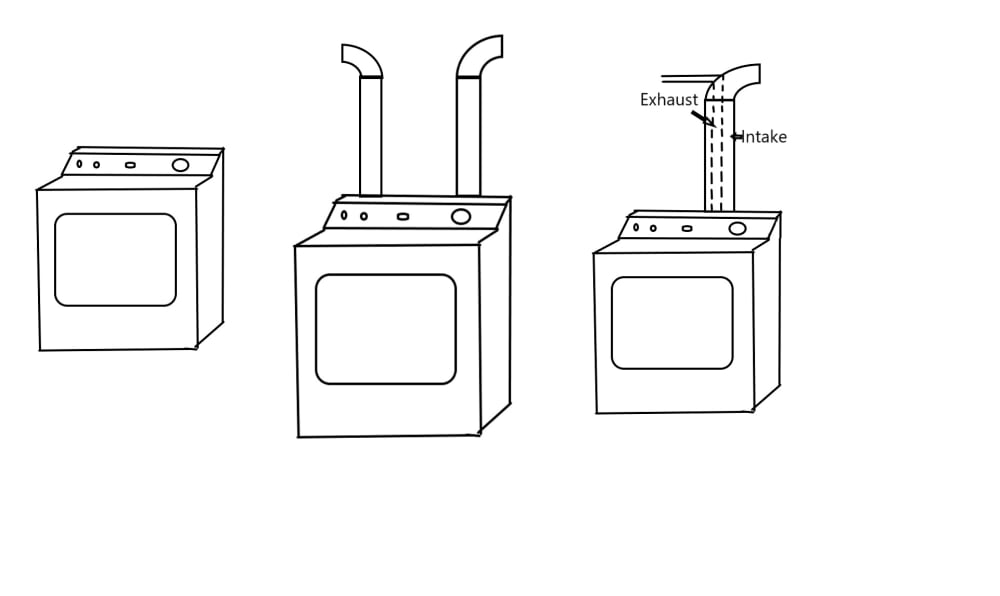My sustainability project is about saving energy and money when one must bring replacement air into a space. This is because air from outside is drawn into the building when air is exhausted e,x, clothes dryer (4m^3/min), bath fan (1.5 m^3/min), kitchen fan (3 m^3/min) and Flume hood (20m^3/min). My project looks at how much energy does it take to adjust the incoming air to room temperature and how to reduce the cost. This is done by controlling were and how outside air is brought into a build via an intake duct. By placing the intake duct around the exhaust duct (co-axis duct) one can transfer heat from the warm air to the cooler air. If the outside air is warmer passing through the co-axial duct, it cools the incoming air and vice versa. For a clothes dryer, the incoming air can be piped via the duct to the part of a dryer where room air would enter or in the future dryers could have an intake port to hook the duct. The same would work for flume hoods. Kitchen or bathroom fans would need the air to enter the area away from the exhaust fan input area. The inside duct could be aluminum and made so any condensation could be drained away. The shape could be circular or elliptical. The more elliptical the higher surface area to volume ratio the duct would have and the greater transfer of energy per length.
Like this entry?
-
About the Entrant
- Name:Albert Bolander
- Type of entry:teamTeam members:
- Jamie Stultz
- Patent status:none

